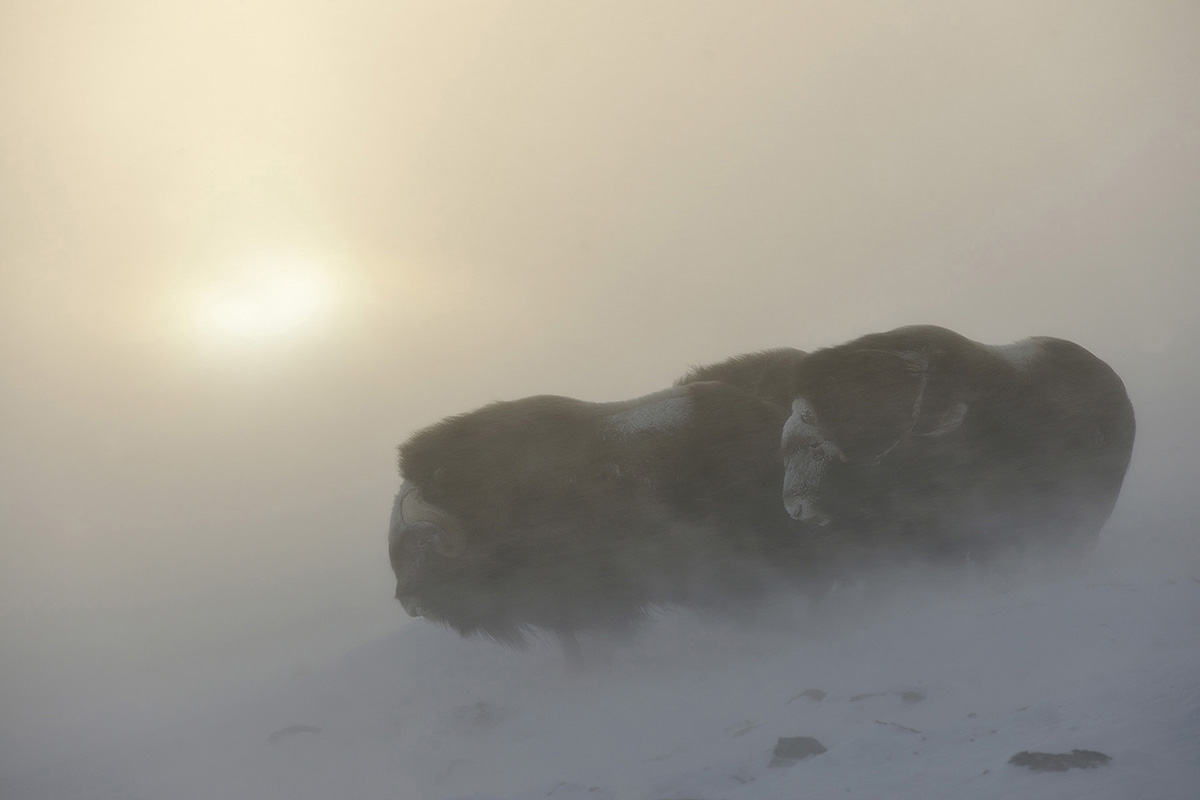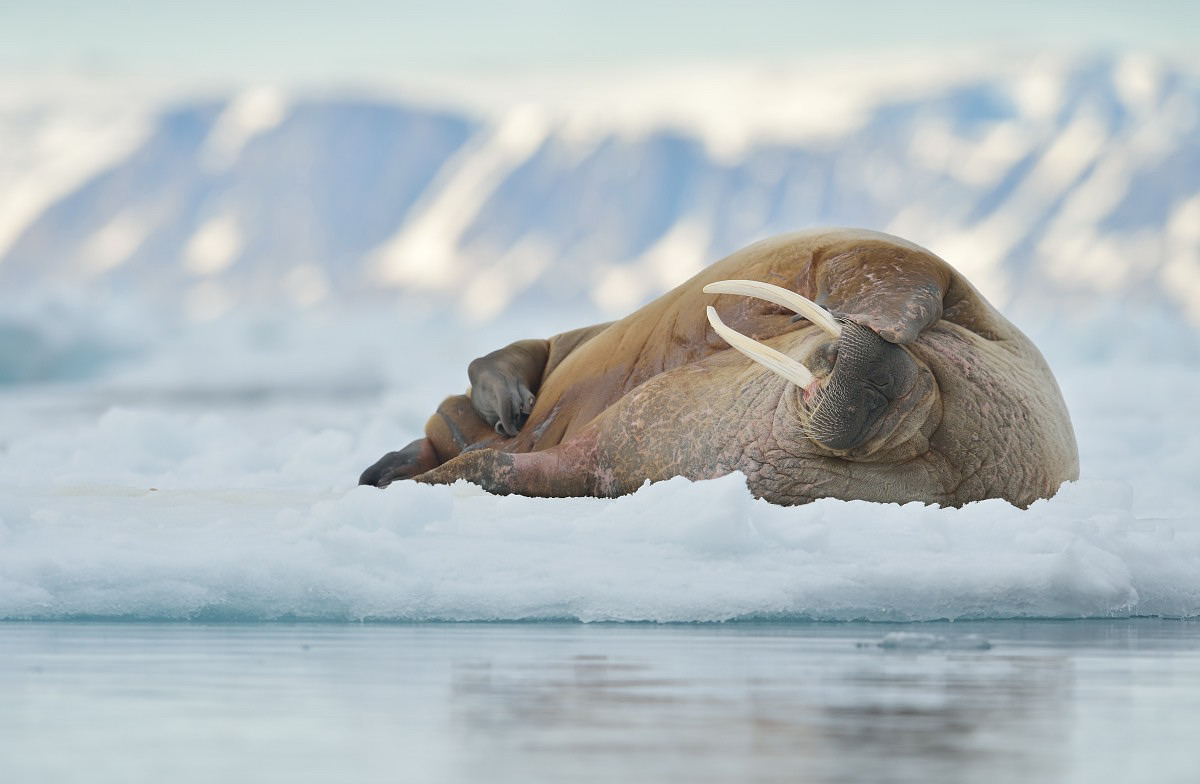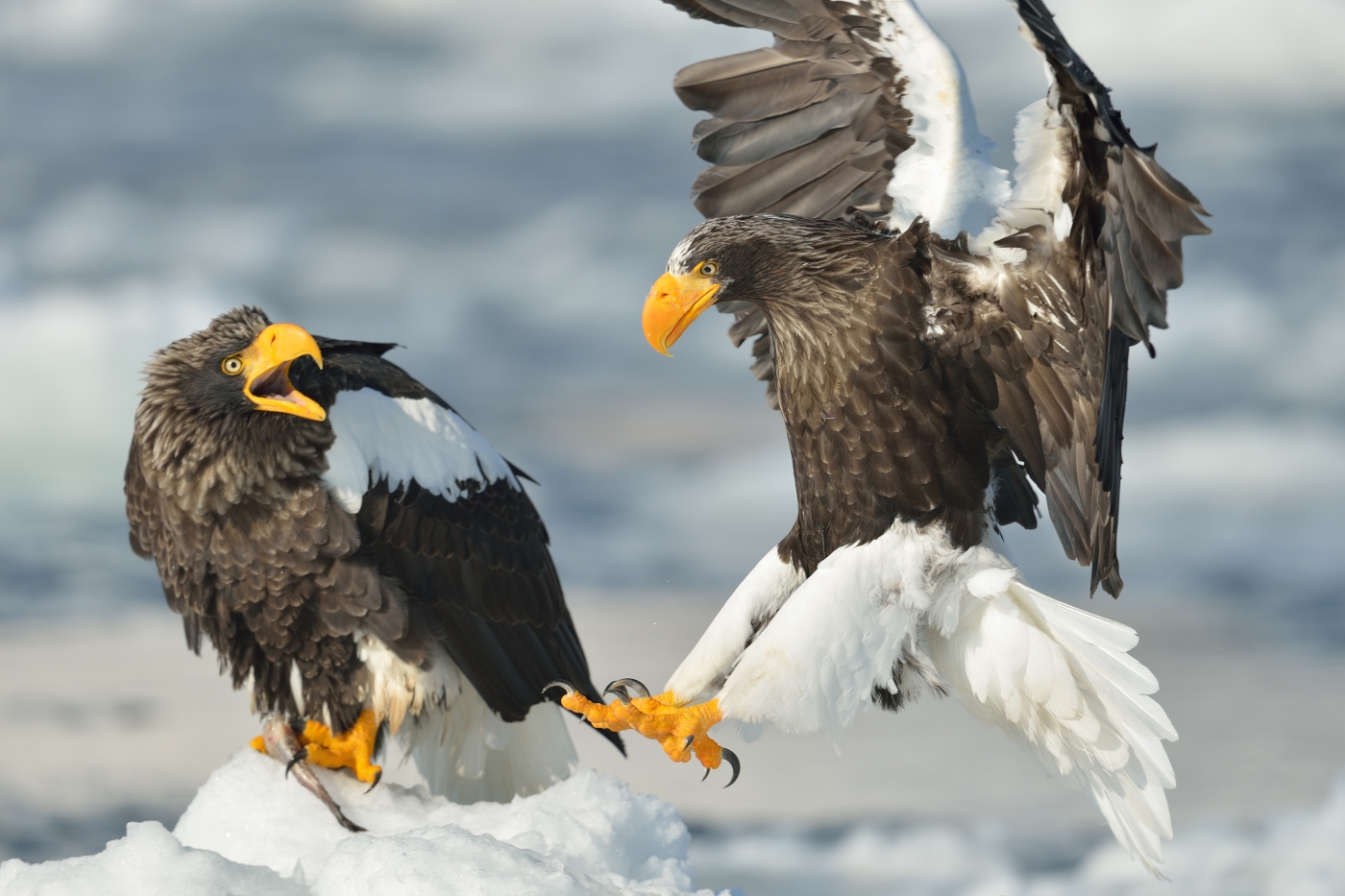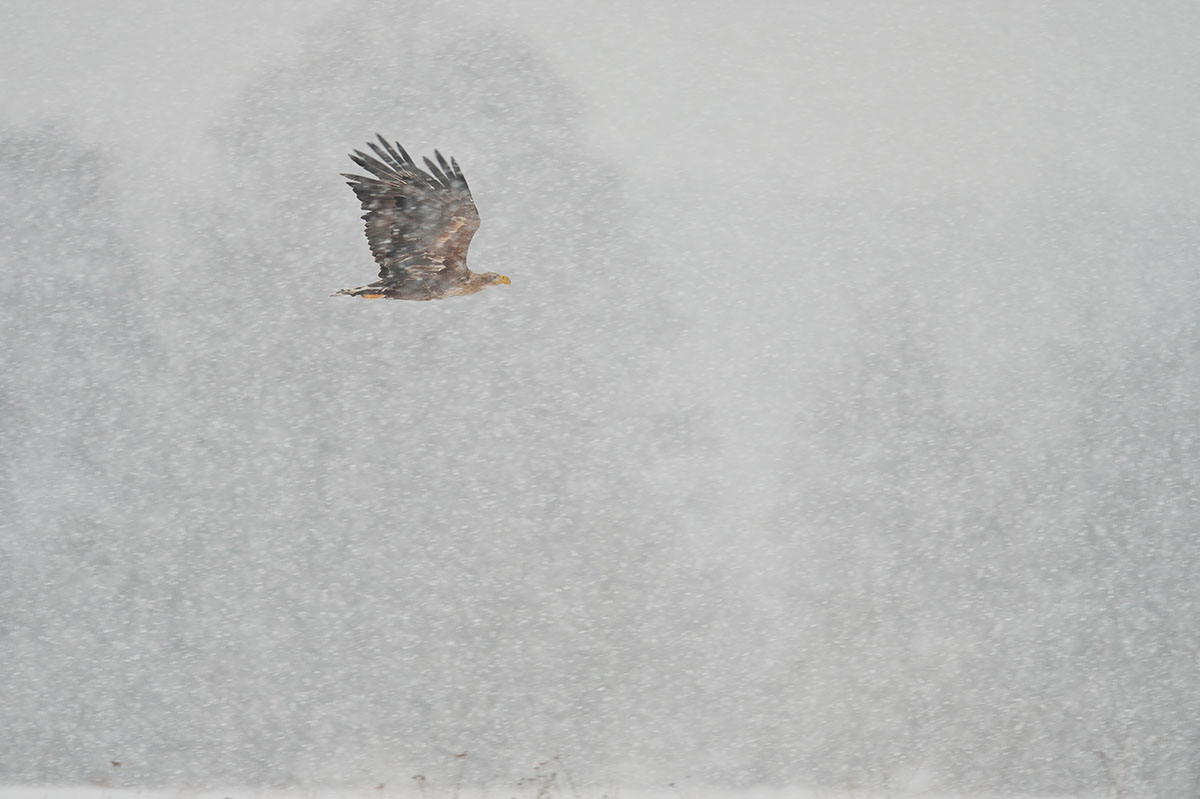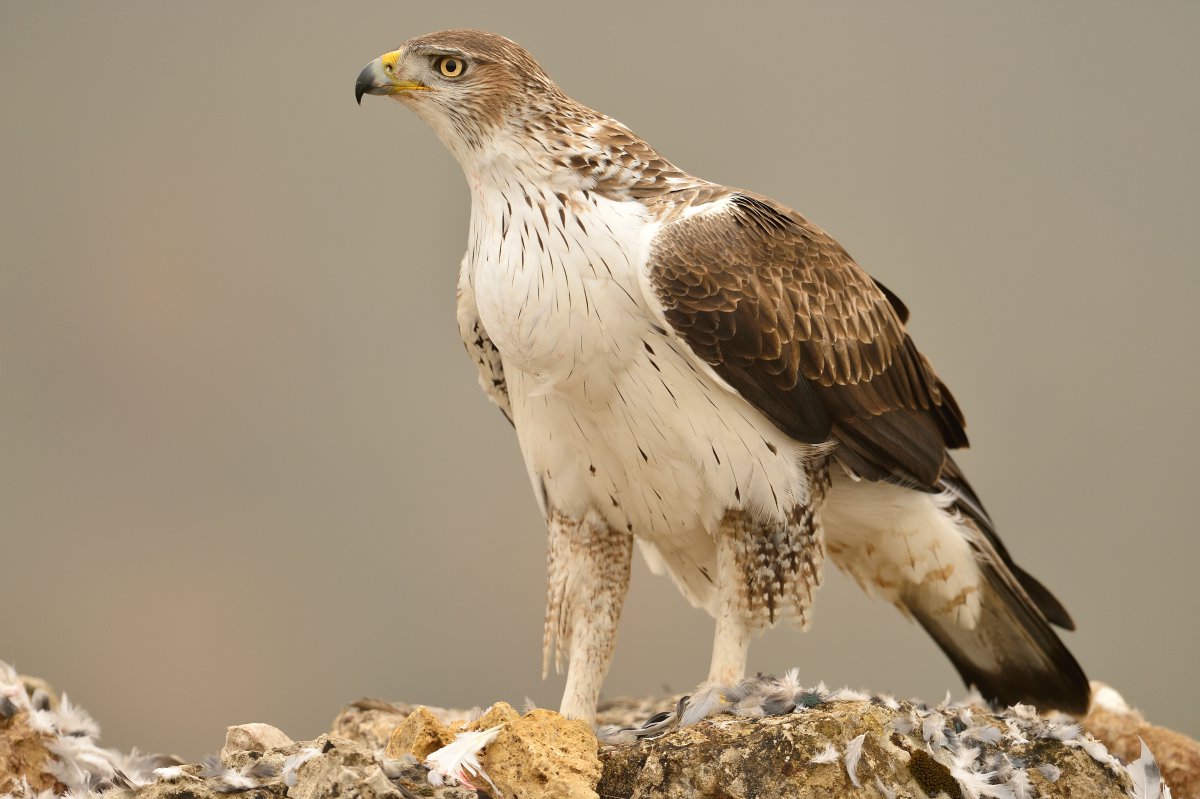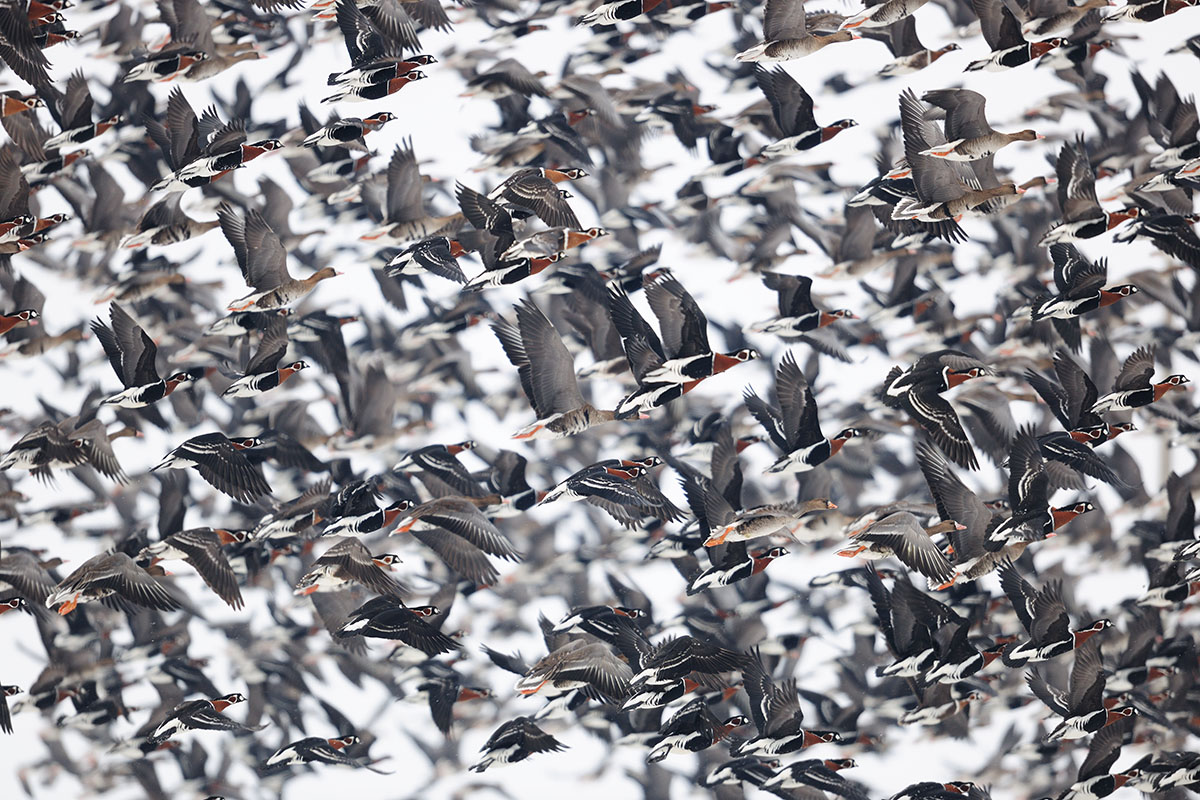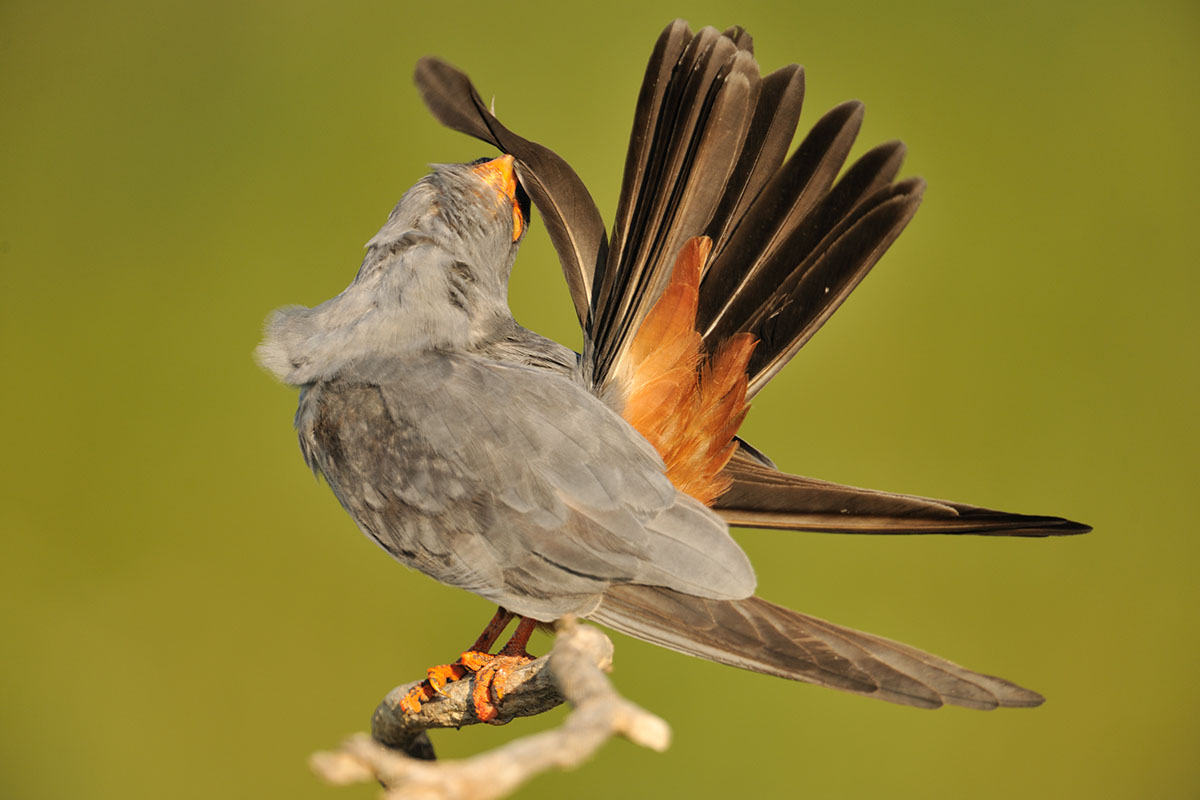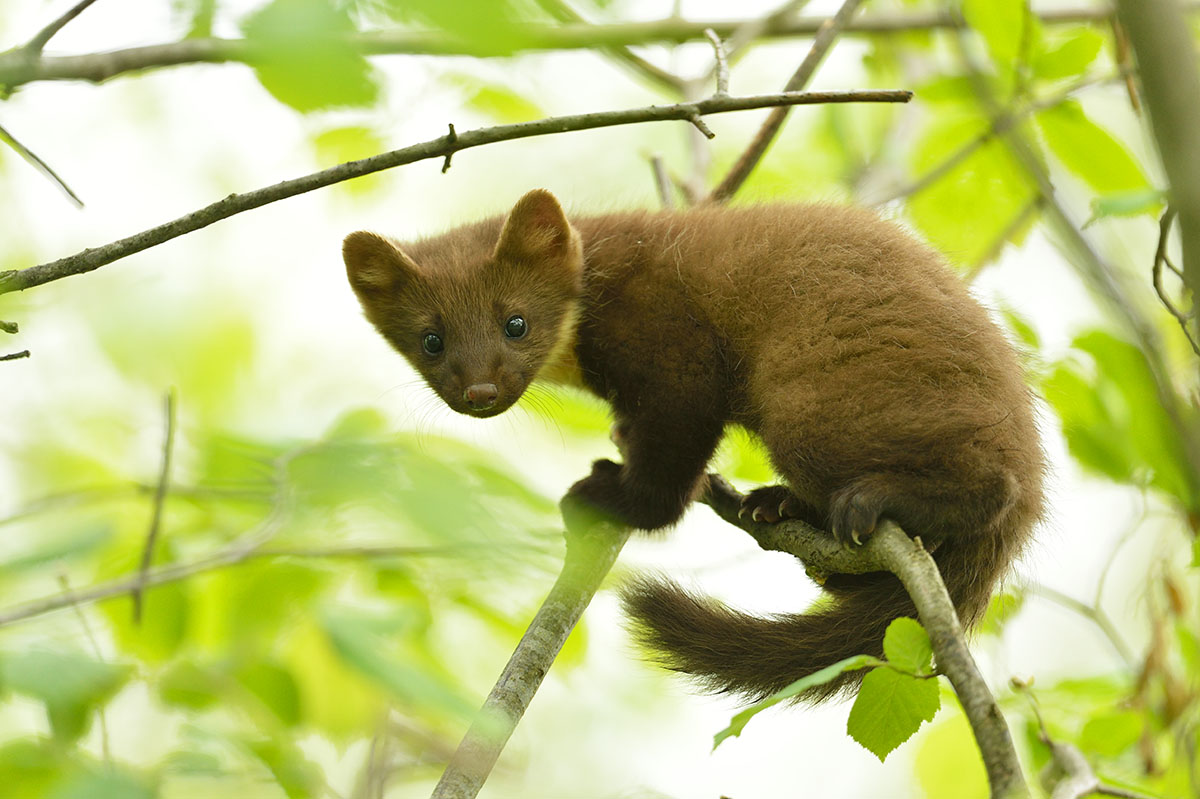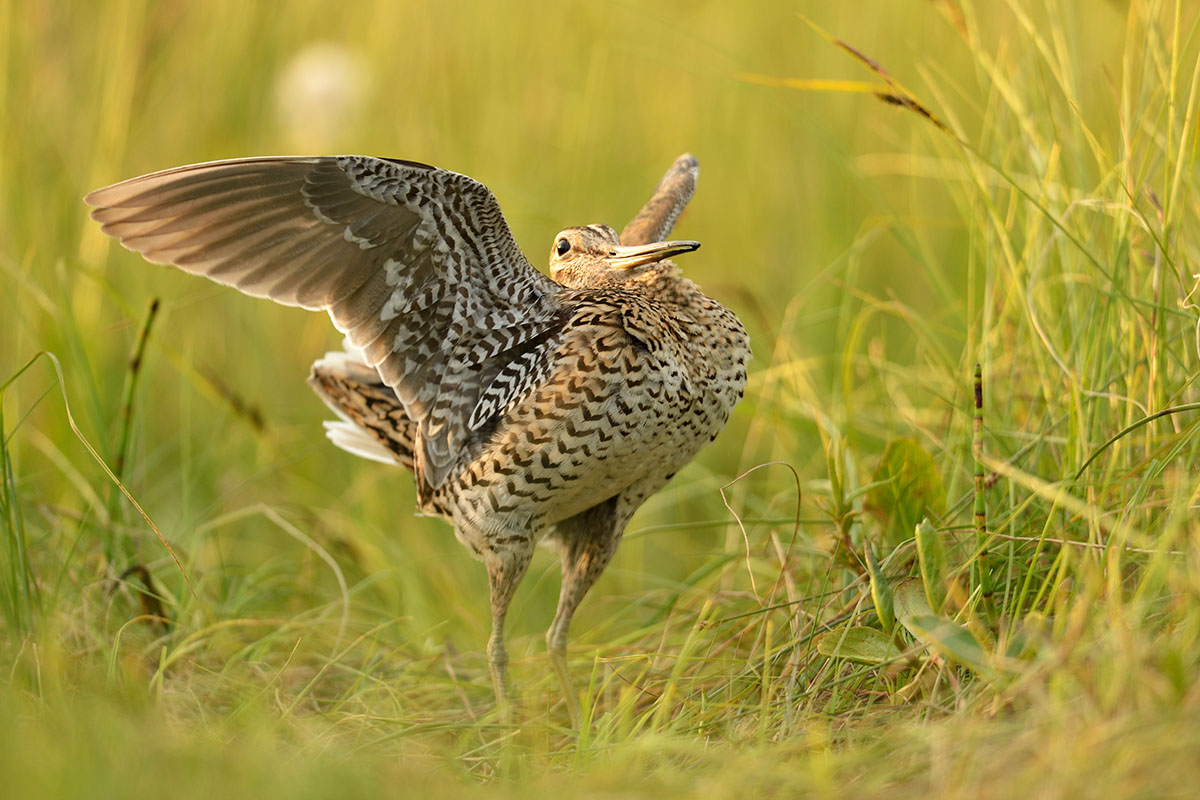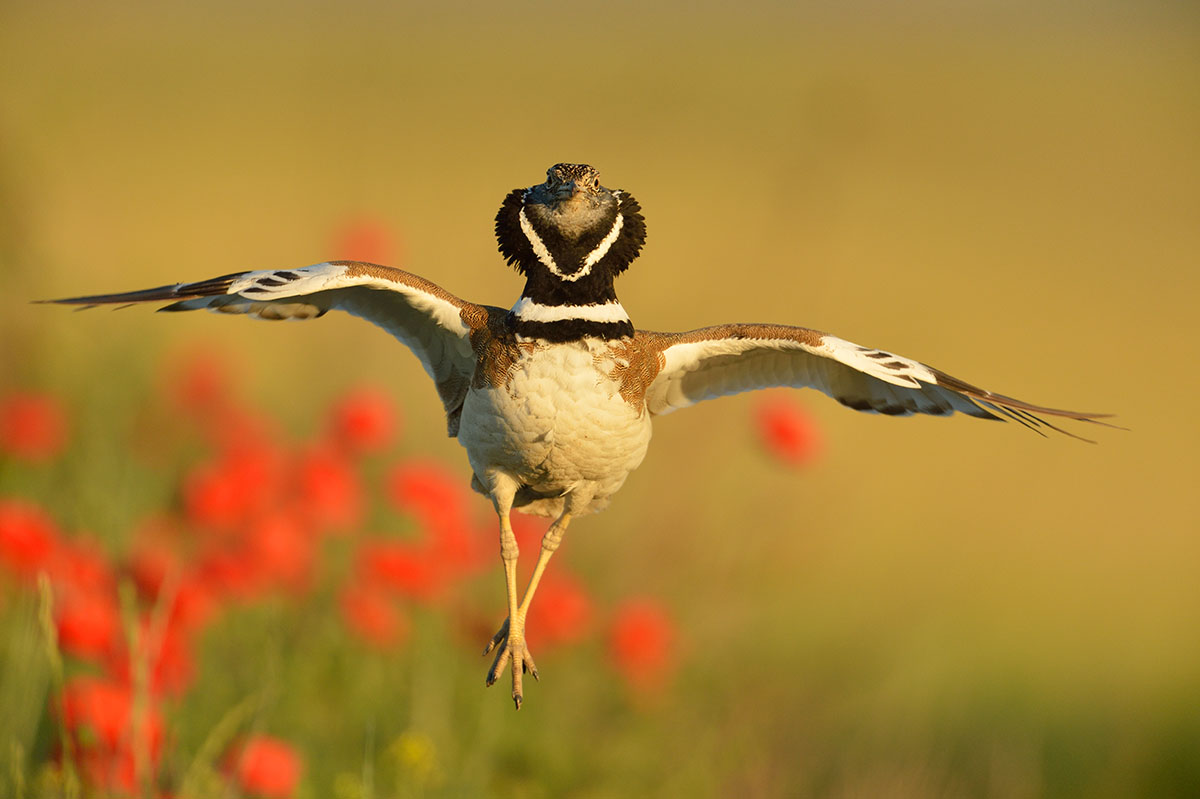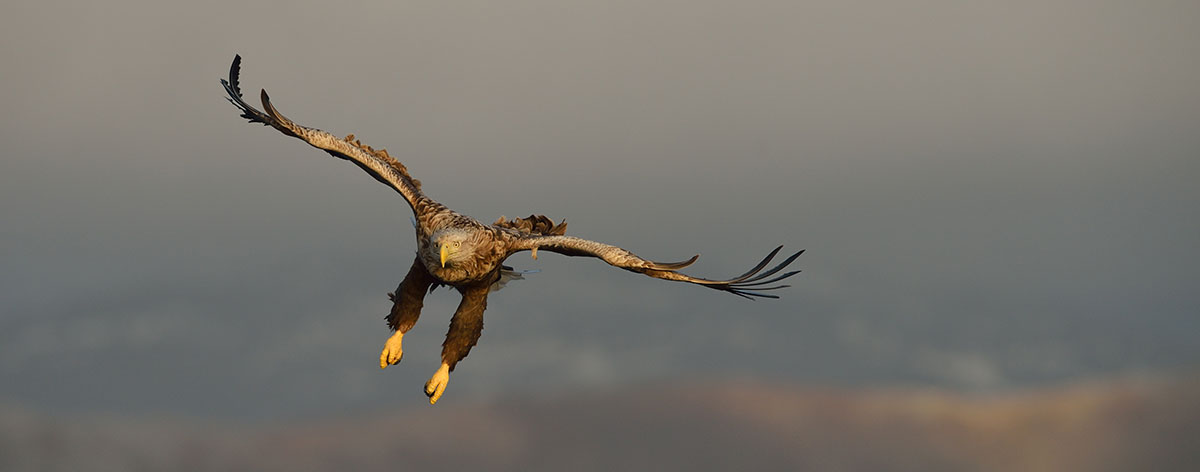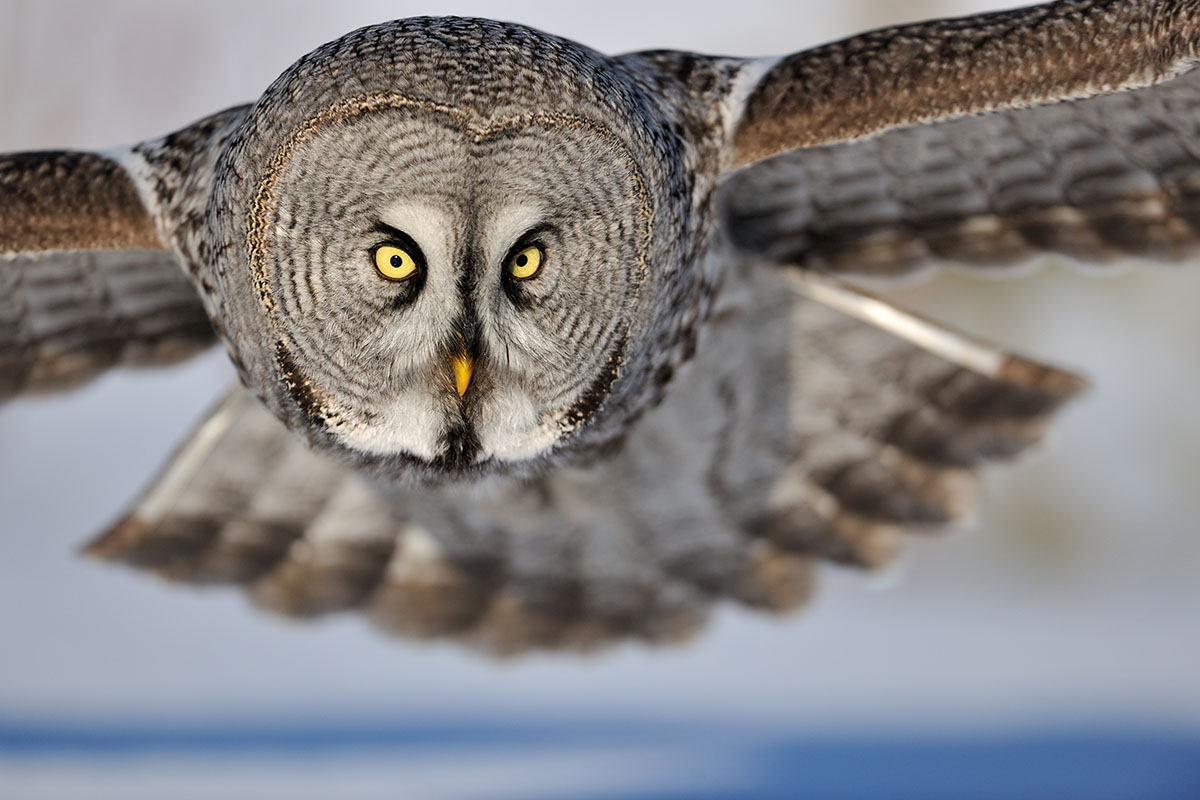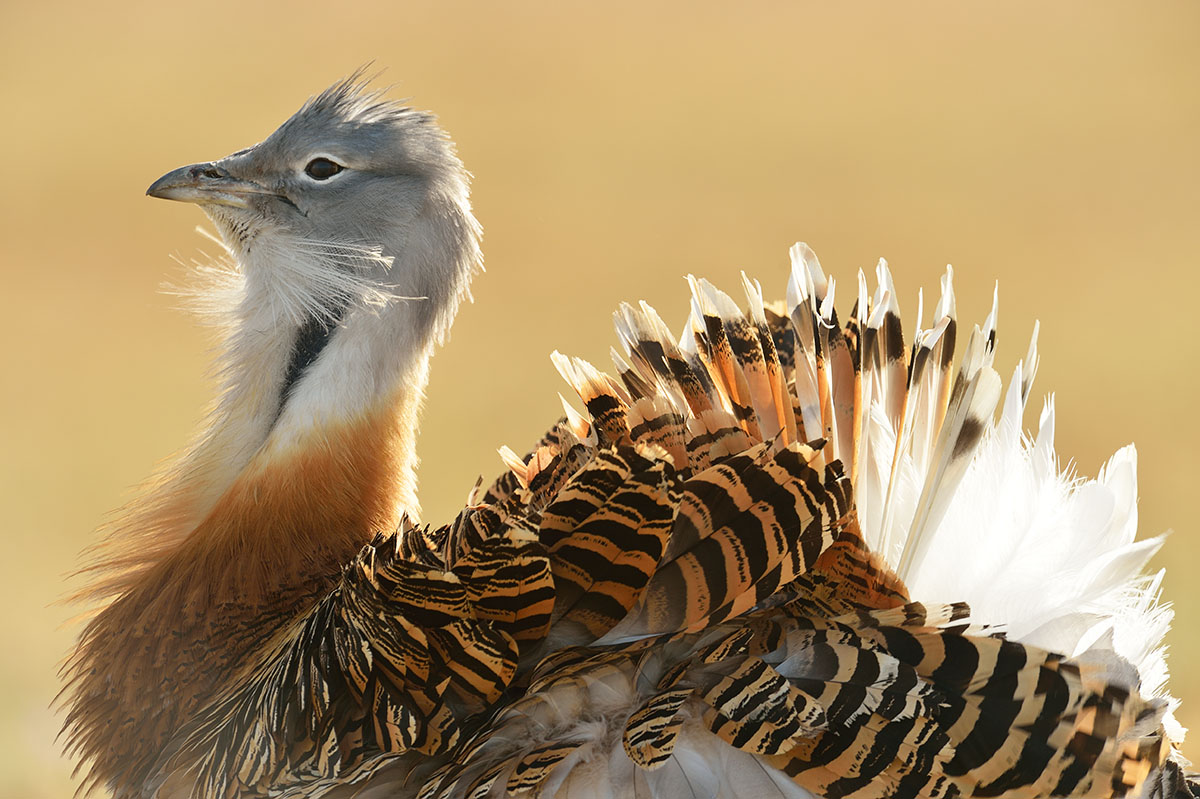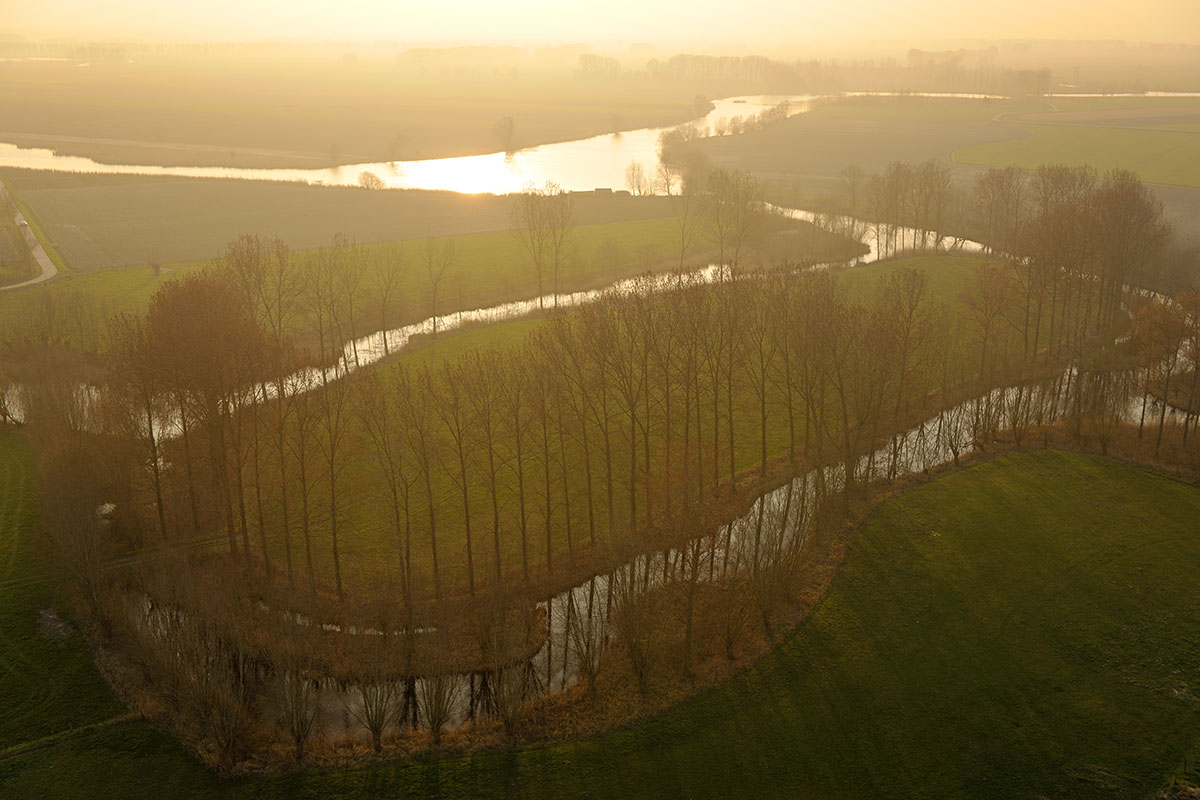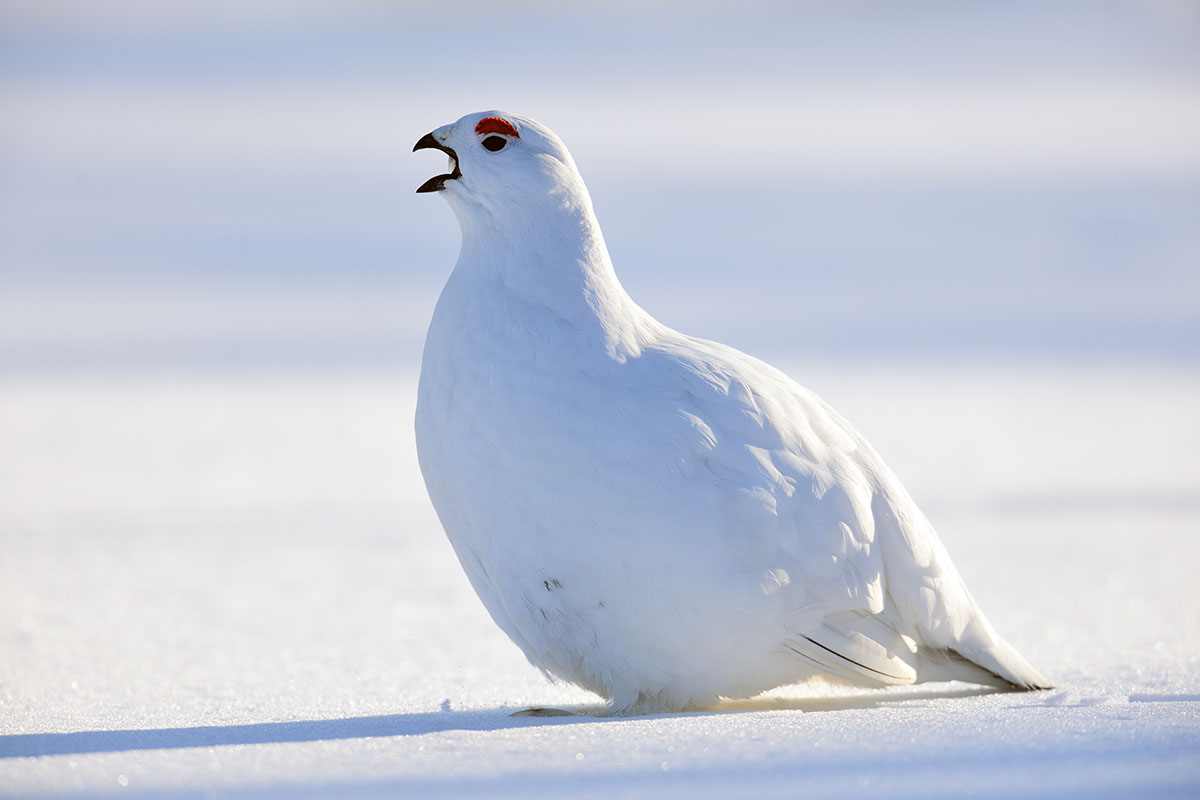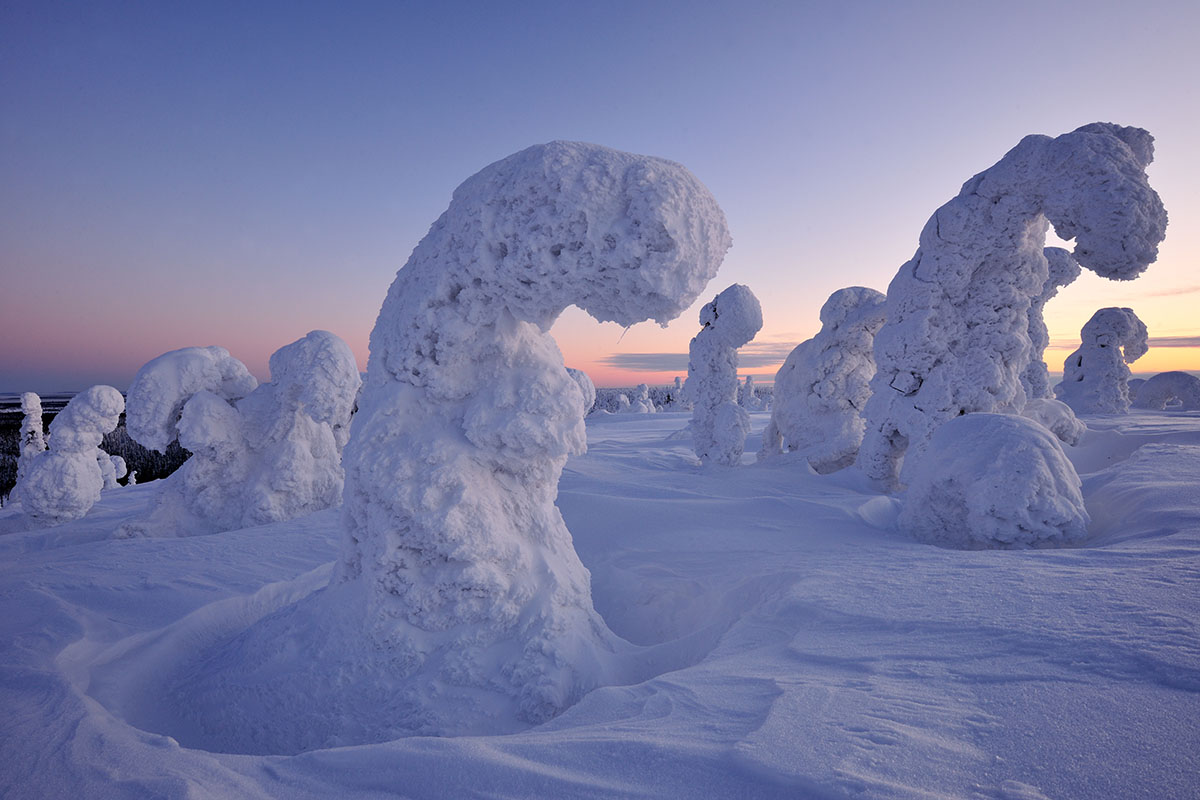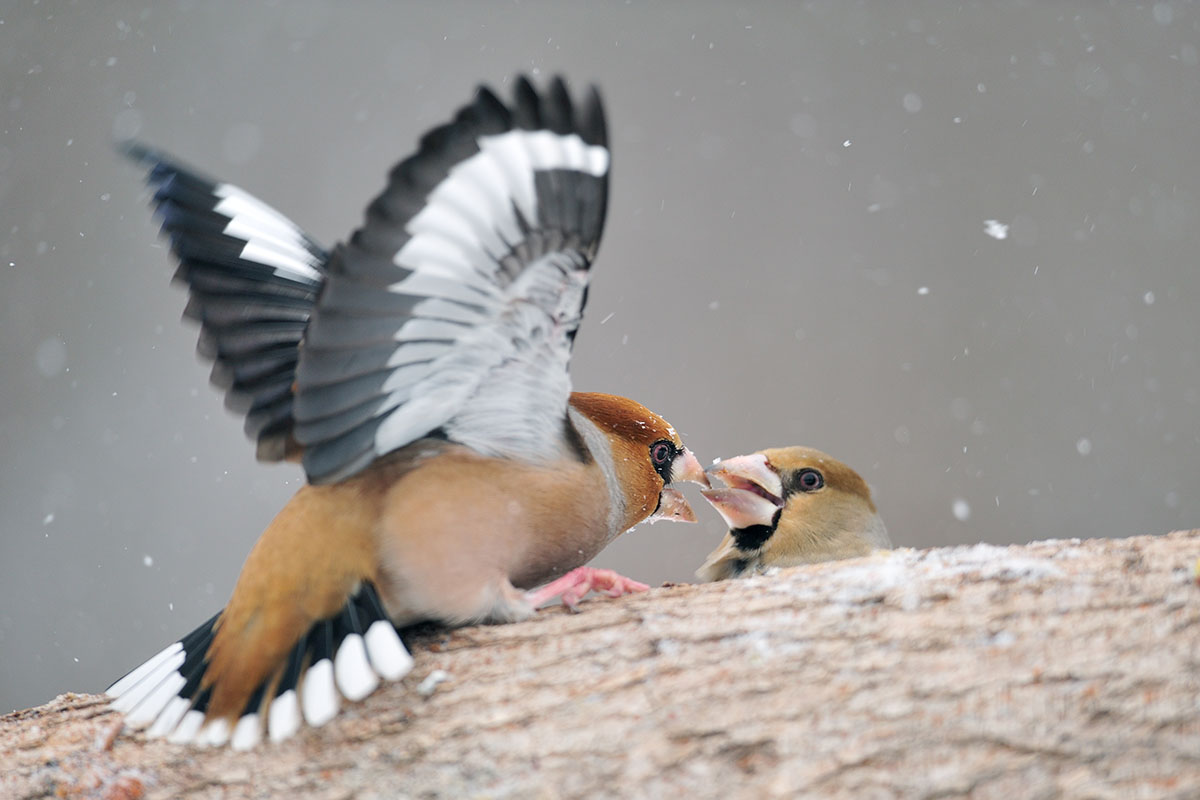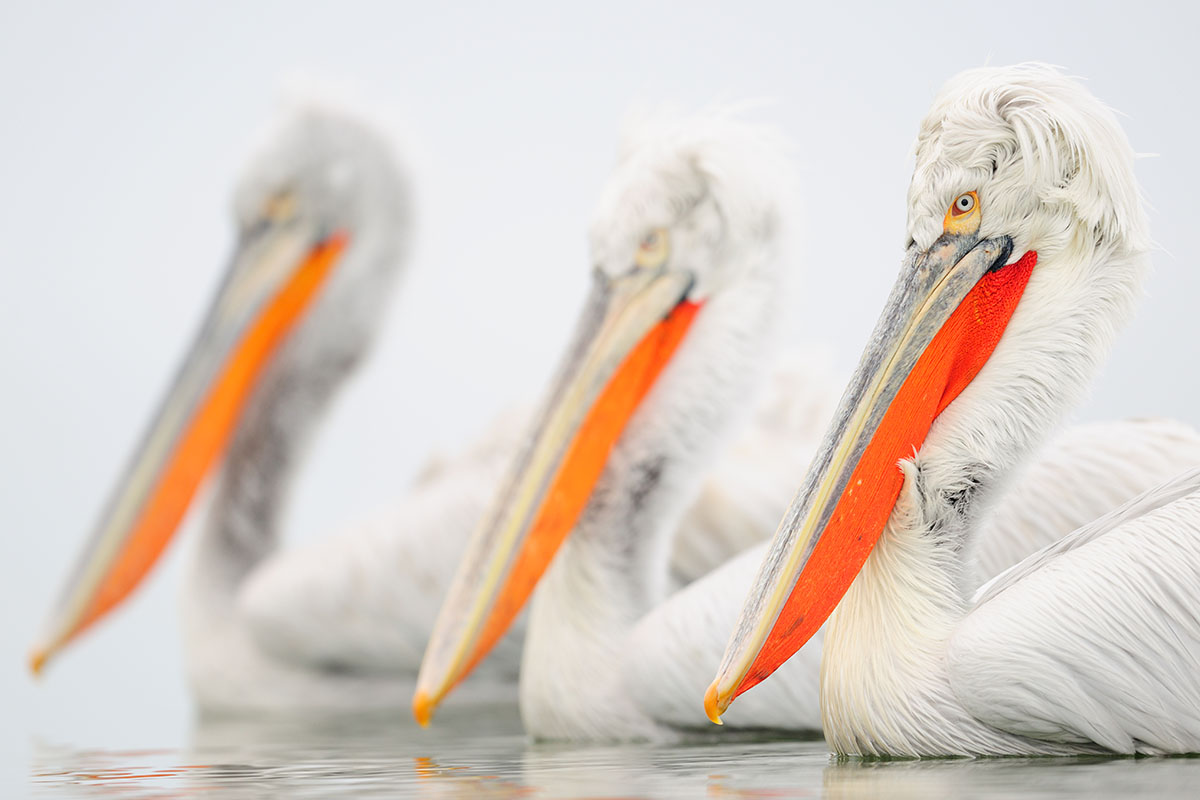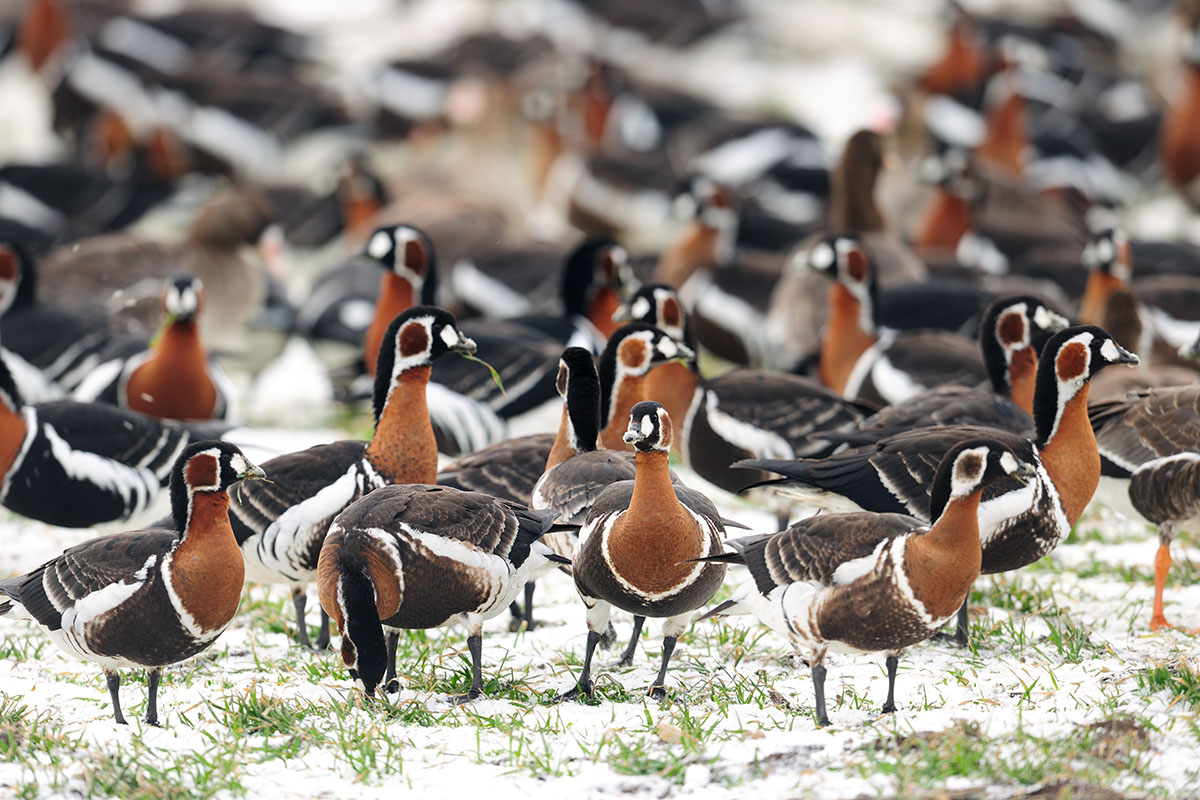The Global Arctic Awards 2013
I am very happy to announce that two of my pictures won prizes at the Global Arctic Awards! My picture of the polar bear mother and cub got the first prize in the category Polar Bears. And my picture of the musk oxen fighting in a snow blizzard got a Gold Medal prize from jurymember Aleksandr Miaskov.
Svalbard expedition 2013
“This was the best holiday of my life”, I heard one of the participants say. For two years I had planned this expedition to the northern parts of Svalbard. I was so grateful to have brought such a motivated group of photographers on board of our vessel, the MS Origo.
Japan in winter
When my buddy Ben Cranke invited me to join him on his Japan trip, I did not doubt for a second! He knew where we needed to be since he’d already spent a month in Hokkaïdo. The plan was to start with the snow macaques in Jigokudani and then fly to the island north of Honshu, Hokkaïdo. That’s the place to be to photograph red-crowned cranes, whooper swans and white-tailed and Steller’s eagles.
Eagles in the snow
I can’t seem to get enough of eagles. They keep fascinating me, even after I’ve already spent so many successful days in hides, observing and photographing them from a close distance. When I heard about a place in Poland were about 30 birds came to feed on carrion that was provided for them, I needed to check it out.
Bonelli’s eagles for Christmas please …
As is my tradition, I escaped the festivities again last Christmas (sorry, family!). This time, I went to Spain with my friend Bas to photograph some eagles. The perfect country for nature photographers in search of peace and quiet during these overly celebrated days.
Commended picture in the Veolia competition 2012
Very happy to announce that my picture of the red-breasted geese was selected as a Commended Picture in the prestigious Veolia BBC Wildlife Photographer of the Year Competition! The image was taken with a Nikon D3x and a 600mm F 4 VR lens at the Black Sea Coast in February of 2012. Here’s the story behind the picture.
Hungary colours
Presenting today: a colourfull collection of images I took in Hungary in June, mainly taken from fixed hides. June isn’t really the best time to shoot birds. The temperatures can rise very quickly in the morning, causing hard light and making the birds inactive during the biggest part of the day. It got really hot, and sleeping wasn’t on the menu!
Pine marten family
Working on the great snipes in Poland kept me very busy in the evenings and most mornings. But during the day I had a lot of ‘free’ time. I’d go for a long walk in the big forests nearby, mainly looking for beautiful landscapes. On these kinds of walks, I usually leave the long lens behind, because ‘snapshots’ of wildlife aren’t really my thing. But this time I decided to carry the heavy 600 mm anyway.
Great snipes
Imagine you’re sitting in a small, low hide, with your knees up to your neck. You’re on a flooded bog that’s sinking deeper into the water every hour and sunset kicks in. You’re alone in an open river valley, far away from civilisation. All alone, except for some elks and roe deer splashing around in the marshes and a background choir of stunning bird species: river warblers, corncrakes, whinchats, rosefinches, woodcocks and wood-warblers …
Jump, jump, jump!
This Little bustard gave a wonderful performance, just in front of my hide in the drylands of Spain. At the climax point of their display, they seem to explode, and lift of for one meter in the air, making some strange prrrt noises…
Norway Spring: black grouse and capercaillie
Springtime! It’s like a daily party for us nature-photographers. But springtime in Scandinavia must be the biggest party! Two elusive birds start to show up and perform a spectacular display in the midst of ancient forests and bogs: the huge capercaillie and the noisy black grouse.
Great grey owls in Finland
Years ago, when I was camping alone in a big forest in Sweden to photograph black grouses, some deep whooo’s woke me up in the middle of the night. I had never seen great grey owls in the wild before, but knowing there was one not far from my tent made me shiver. These are the moments in nature you never forget. I happily fell back asleep and tried to find the owl in the morning, but without any success. It would take me until last week to finally see this bird, when I travelled to northern Finland.
The great bustard in Portugal
With great company from Norway, France and Belgium, I guided a photo-tour to Portugal to photograph the great bustard and many other birds. The group endured the 15-hours sessions in the hides very well, entering one hour before sunrise and leaving an hour after sunset. What a view we had from those little wooden boxes!
Creeks in Flanders
Centuries ago, the sea and the river Scheldt were flowing freely on the coastline and penetrated deep into the lowlands. Floods created streams in the land, which remained there long after the sea was controlled and closed off by dikes. One area in Flanders is particularly known because of its many big and long creeks: Meetjesland. Here are some aerial pictures I took there last week.
Eagles, willow grouse and many others – Finland III
Here are some more pictures from our successful trip to Finland. Thanks to Olli from Finnature, we had a great time with some northern birds. My favourite was definitely the Willow grouse, a male that must have been crazy, and even attacking humans… I will never forget the sounds, really funny songs!
Riisintunturi – Finland II
When we finished making pictures of the black woodpeckers and others, we went to our second destination in Finland: the national park of Riisintunturi. The landscapes are famous for the snowy pine trees on the fell, causing the trees to bend under the weight and creating a fairytale-like forest wrapped under a white veil.
Hawfinches – Bulgaria III
From the moment I arrived in Bulgaria, I noticed the hawfinches. You can see them everywhere! Stop at any gasstation, and you can hear them! This was my chance to get some quality time with these beautiful birds! It’s a species that is rather shy in Belgium. I spent three days in a hide photographing hawfinches on a feeding ground.
Pelicans – Bulgaria II
I arrived at Sofia airport in Bulgaria in a -15°C cold, and my first destination was the Lake Kerkini in Greece. That meant I was travelling to an area with almost 20°C on the thermometer! This lake is famous for its roosting colony of Dalmatian pelicans. They only started to arrive here some twenty years ago but were very shy back then.
Red-breasted geese in Bulgaria – Bulgaria I
The timing of a photo-journey can be very crucial. I was reminded of this during my latest trip. For Tierra Photo Tours, I wished to visit Bulgaria and Greece and meet some local people. And of course, I would combine that with photography in these countries I had never visited before.
